Sports Injuries Treatment
What is Sports Rehabilitation ?
Injury Prevention in Sports
Benefits of Sports Injuries Treatment
Book a Consultation:
(For In-Clinic Appointments)
Monday
9 am to 7 pm
Tuesday
9 am to 7 pm
Wednesday
9 am to 7 pm
Thursday
9 am to 7 pm
Friday
9 am to 7 pm
Saturday
9 am to 7 pm
Sunday
9 am to 7 pm
Common Sports Injuries Treated at DMPhysios
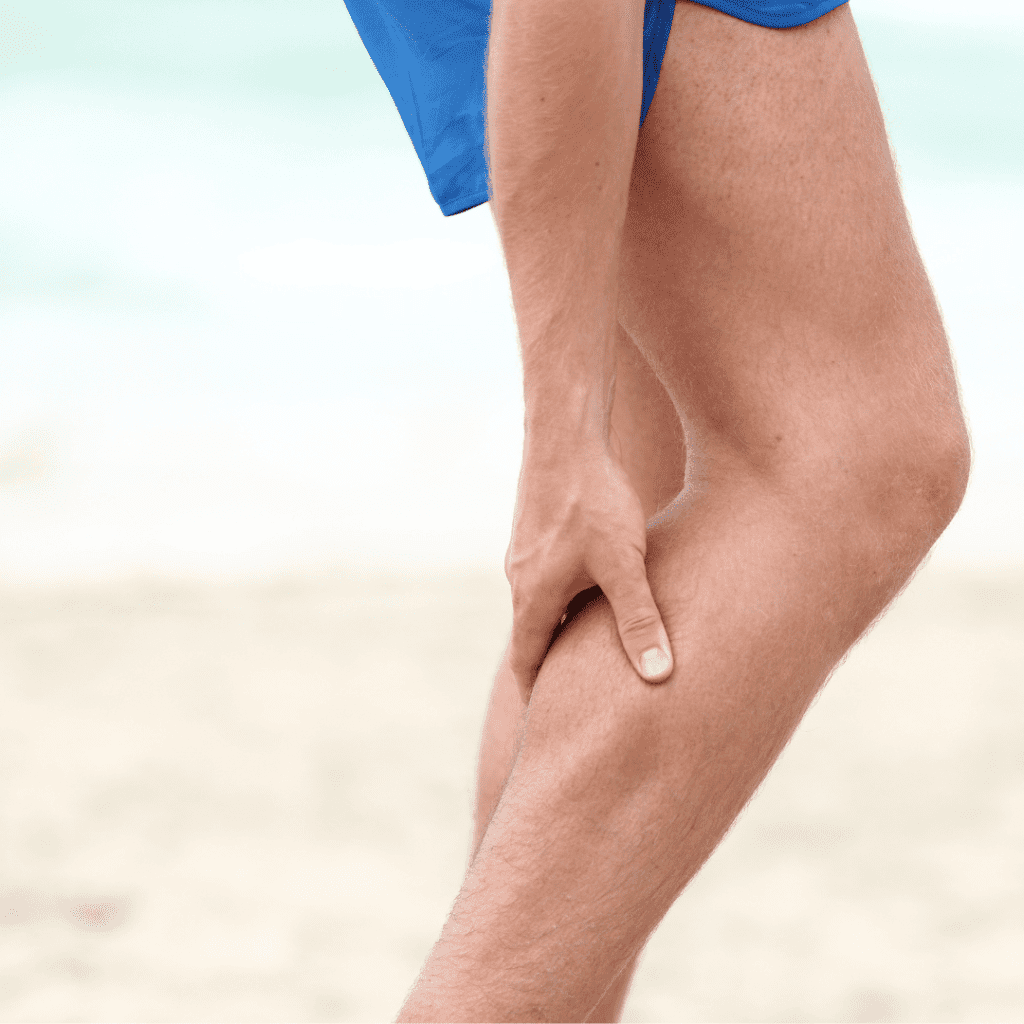
Muscle Strains
Common examples:
Hamstring strain –
Hamstring strain –
Quadriceps strain -
Quadriceps strain -
Calf strain –
Calf strain –
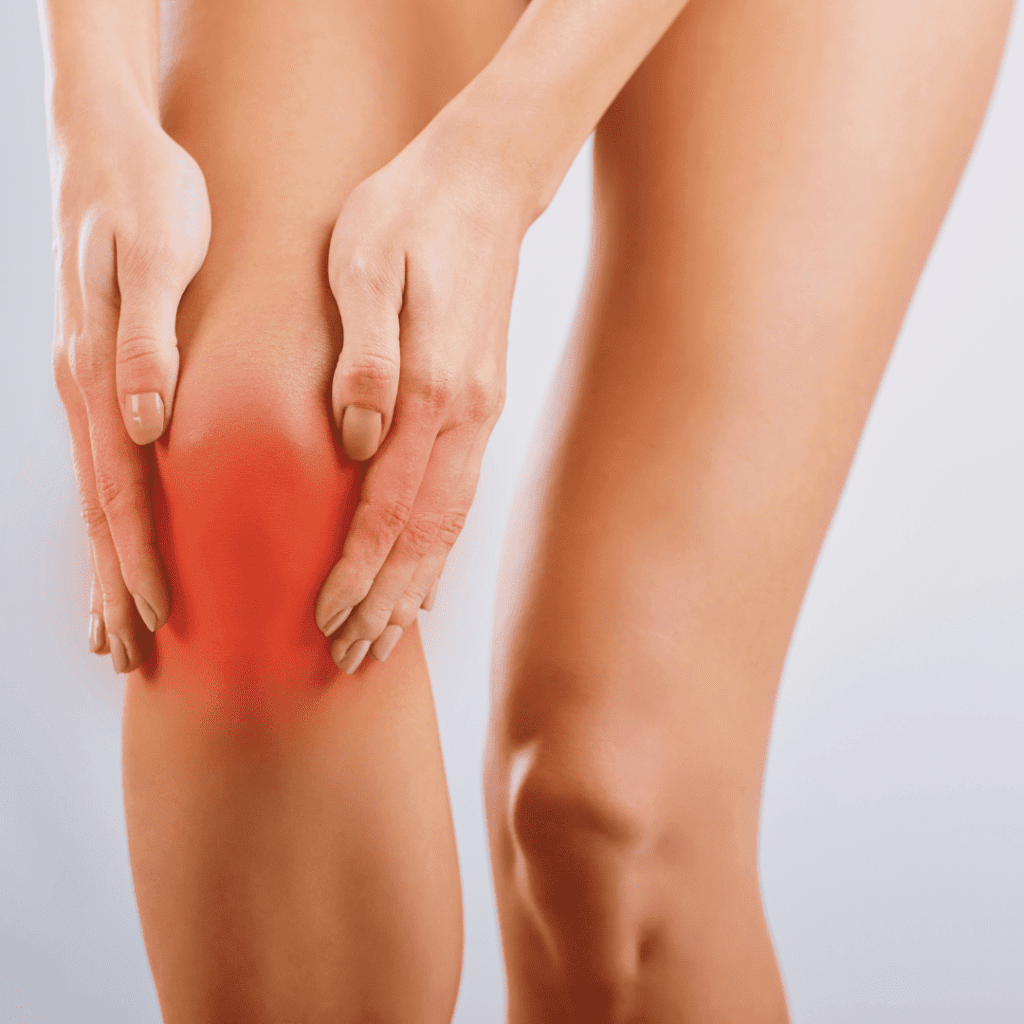
Ligament Sprains
Ligament sprains involve stretching or tearing of ligaments, which stabilize joints. These injuries usually occur due to awkward landings, twisting movements, or collisions.
Common examples:
Anterior Cruciate Ligament (ACL) sprain/tear –
Anterior Cruciate Ligament (ACL) sprain/tear –
Ankle sprain –
Ankle sprain –
Shoulder sprain (e.g., AC joint) –
Shoulder sprain (e.g., AC joint) –

Tendon Injuries (Tendinopathies)
Tendon injuries result from repetitive stress or poor biomechanics, leading to inflammation or degeneration of tendons.
Common examples:
Achilles tendinitis –
Achilles tendinitis –
Patellar tendinitis (Jumper’s Knee) –
Patellar tendinitis (Jumper’s Knee) –
Tennis elbow (Lateral epicondylitis) –
Tennis elbow (Lateral epicondylitis) –
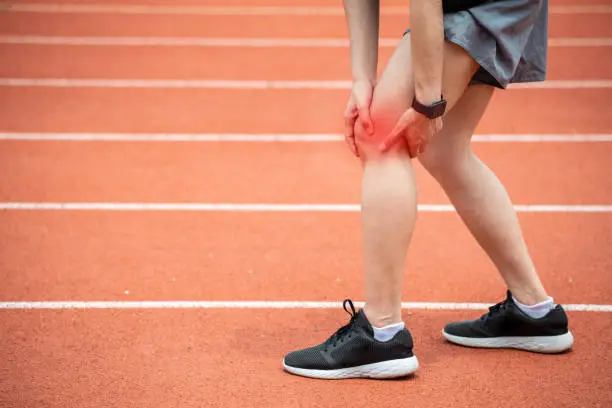
Overuse Injuries
Overuse injuries develop gradualy due to repetitive loading without adequate recovery. These injuries are common in endurance athletes.
Common examples:
Shin splints (Medial tibial stress syndrome) –
Shin splints (Medial tibial stress syndrome) –
Stress fractures –
Stress fractures –
Runner’s knee (Patellofemoral pain syndrome) –
Runner’s knee (Patellofemoral pain syndrome) –

Joint Injuries
Joint injuries may involve dislocations, cartilage damage, or instaility and are often sport-specific.
Common examples:
Shoulder dislocation or instability –
Shoulder dislocation or instability –
Meniscal tears –
Meniscal tears –
Labral tears (hip or shoulder) –
Labral tears (hip or shoulder) –
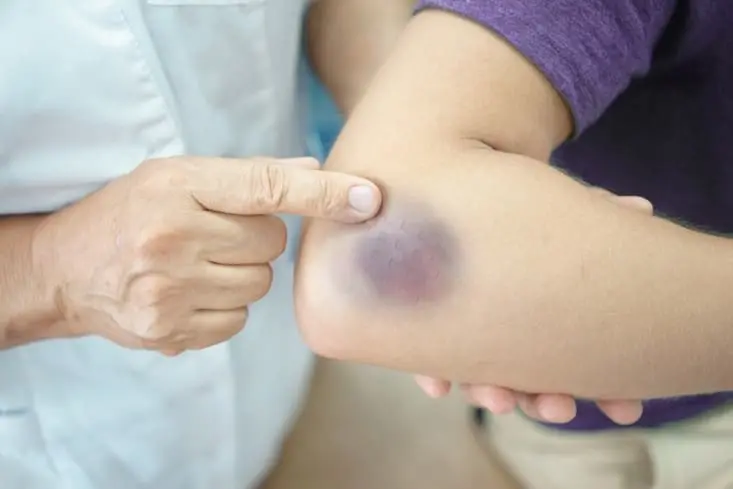
Fractures and Contusions
Fractures can occur from direct impact or falls. Contusions are deep bruises from blunt force trauma.
Common examples:
Clavicle fracture –
Clavicle fracture –
Wrist fractures –
Wrist fractures –
Thigh or shin contusions –
Thigh or shin contusions –
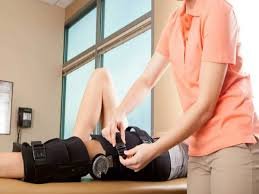
Post-Surgical Sports Rehabilitation
Athletes recovering from surgical interventions (e.g., ACL reconstruction, shoulder stabilization, meniscus repair) require guided rehabilitation to regain strength, function, and return-to-play safely. At DMPhysios, we follow evidence-based post-op protocols tailored to individual recovery timelines
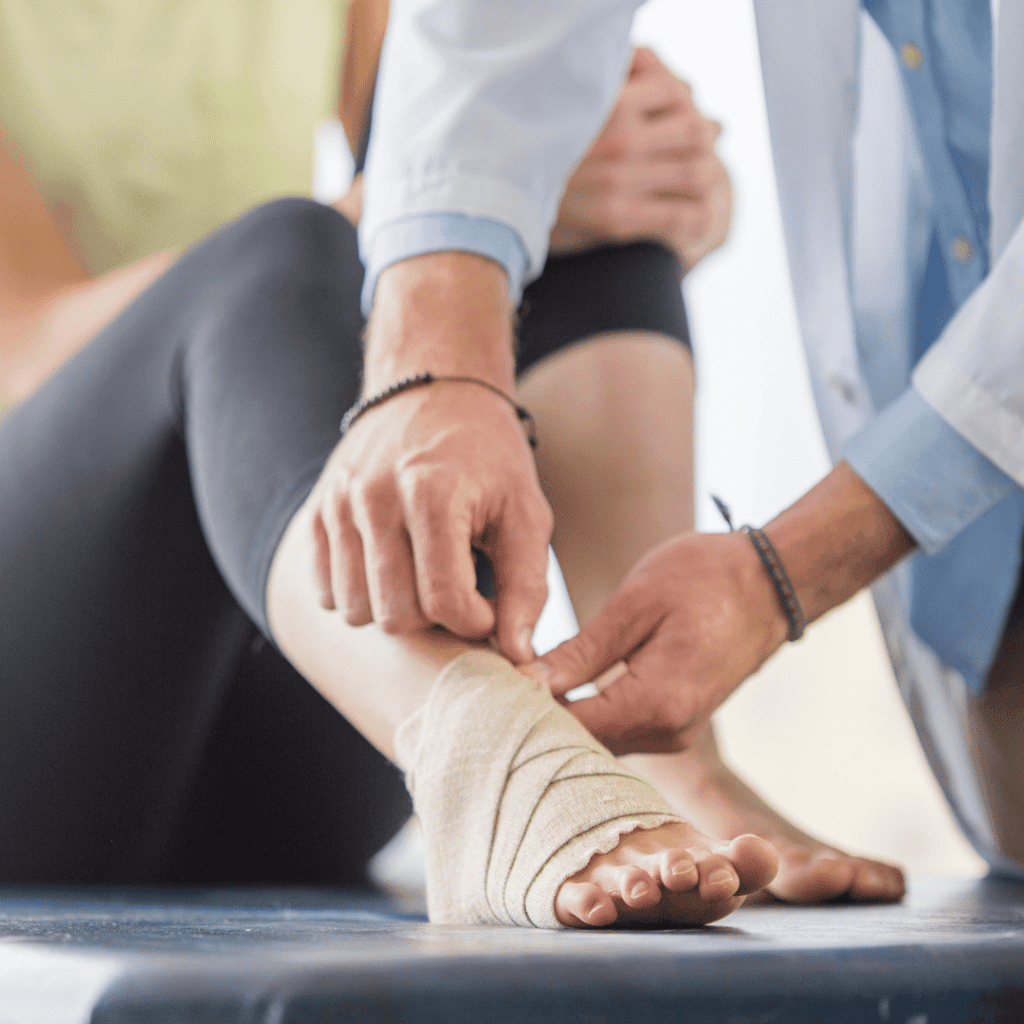
Youth Athletic Injuries
Growing athletes are prone to unique injuries due to growth plate sensitivity and high activity levels.
Common examples:
Osgood-Schlatter disease –
Osgood-Schlatter disease –
Sever’s disease –
Sever’s disease –
Gymnast’s wrist –
Gymnast’s wrist –
Frequently Asked Questions
Item #1
Lorem ipsum dolor sit amet, consectetur adipiscing elit. Ut elit tellus, luctus nec ullamcorper mattis, pulvinar dapibus leo.
Item #2
Lorem ipsum dolor sit amet, consectetur adipiscing elit. Ut elit tellus, luctus nec ullamcorper mattis, pulvinar dapibus leo.
Item #2
Lorem ipsum dolor sit amet, consectetur adipiscing elit. Ut elit tellus, luctus nec ullamcorper mattis, pulvinar dapibus leo.
Item #2
Lorem ipsum dolor sit amet, consectetur adipiscing elit. Ut elit tellus, luctus nec ullamcorper mattis, pulvinar dapibus leo.
Item #2
Lorem ipsum dolor sit amet, consectetur adipiscing elit. Ut elit tellus, luctus nec ullamcorper mattis, pulvinar dapibus leo.
Item #2
Lorem ipsum dolor sit amet, consectetur adipiscing elit. Ut elit tellus, luctus nec ullamcorper mattis, pulvinar dapibus leo.
Our Specialists
How Physiotherapy Helps in Injury Prevention
Physiotherapy is not limited to injury recovery. It plays a vital role in preventing injuries before they occur. This is achieved through:
- Comprehensive movement and posture analysis
- Identification and correction of muscle imbalances or weakness
- Improvement in joint stability and flexibility
- Neuromuscular training to enhance control and coordination
- Education on proper warm-up, cooldown, and training techniques
- Sport-specific conditioning to meet physical demands safely
By integrating these elements into training routines, athletes can reduce the chances of injuries and perform with greater confidence and efficiency.
How Sports Injuries Are Treated at DMPhysios
At DMPhysios, treatment of sports injuries follows a structured and personalized approach, aimed not just at healing the injured area but also at restoring full function and preventing future injuries. Each athlete or individual is assessed with careful attention to the demands of their specific sport or physical activity, ensuring the rehabilitation process supports their safe return to performance.
Initial Assessment and Clinical Evaluation
Every treatment begins with a detailed assessment. This includes understanding how the injury occurred, evaluating the severity of symptoms, and examining movement patterns. A physical examination is carried out to assess joint mobility, muscle strength, stability, and any compensatory movement. When necessary, diagnostic scans or collaboration with orthopedic specialists help clarify the nature of the injury. This evaluation forms the foundation of the rehabilitation plan.
Managing the Acute Phase
In the early stages of injury, the primary goal is to reduce pain, inflammation, and protect the injured structure. This phase often involves rest from aggravating activities, application of ice or compression, and the use of braces or taping when needed. Depending on the case, therapeutic techniques such as soft tissue release, joint mobilization, or electrotherapy may be introduced to support tissue healing and reduce discomfort.
Patient education is also emphasized during this phase. Athletes are guided on how to manage symptoms at home and modify physical activity to avoid worsening the injury.
Restoring Movement and Strength
As pain and swelling settle, the focus shifts to restoring the normal range of motion and rebuilding muscle strength. Targeted exercises are introduced gradually to improve flexibility, joint control, and load tolerance. Muscles that may have weakened due to rest are carefully strengthened, while attention is also given to surrounding areas to restore balance and coordination across the body.
Manual therapy, resistance training, and mobility work are commonly used at this stage to regain control over the affected limb or joint.
Improving Balance and Stability
After an injury, especially in the lower limbs or spine, the body’s ability to balance and stabilize itself may be affected. Training at DMPhysios includes exercises that focus on proprioception – your body’s awareness in space. Balance boards, stability tools, and specific drills are used to retrain the neuromuscular system. These exercises are critical in minimizing the risk of re-injury and ensuring proper control during dynamic movement.
Return-to-Sport Preparation
Before returning to sport or high-level physical activity, the final stage of rehabilitation prepares the body to meet specific demands. Athletes work through drills that simulate movements from their sport—whether it’s running, jumping, pivoting, or throwing. This stage also involves endurance and agility work to ensure the body is ready for full performance.A structured return-to-sport plan is developed based on recovery benchmarks, functional testing, and individual goals. At DMPhysios, the process is monitored closely to ensure safe progression without setbacks.
How DMPhysios Supports Sports Injury Prevention and Rehabilitation
At DMPhysios, the approach to sports physiotherapy is focused, personalized, and backed by clinical expertise. Here is how DMPhysios supports athletes through every stage of injury management:
- Detailed assessment including movement screening and functional testing
- Customized rehabilitation programs based on sport and recovery timelines
- Manual therapy and advanced electrotherapy for pain relief and tissue healing
- Strength, endurance, and proprioception training
- Focused return-to-sport strategies with progressive load and agility work
- Periodic re-evaluation to track progress and adjust treatment accordingly
The goal is not just to help athletes recover, but to ensure they return stronger, with reduced risk of recurrence and improved overall performance.
Why Choose DMPhysios for Sports Physiotherapy?
DMPhysios in Noida offers a modern and clinically advanced environment for athletes and active individuals. With a strong foundation in evidence-based practice and personalized care, DMPhysios provides:
- Specialized sports physiotherapists with experience across multiple disciplines
- Access to targeted rehabilitation equipment and recovery tools
- One-on-one consultation and hands-on treatment
- A patient-centered approach with ongoing education and follow-up

Shoulder Injuries
Shoulder pain is any pain that is present in or around the shoulder. Shoulder injuries are more common in sports player as they are involve in many overhead activities like in swimming, shot put, javeline throw etc. It may also occur due to excessive and repetitive use of the shoulder joint or muscles that leads to instability , impingement and rotator cuff tear of the shoulder.
- Rotator cuff injury
- Impingement
- Instability

Elbow injuries
Elbow injuries are the overuse injuries of the tendons around the elbow. It mainly occurs in tennis or golf sports or any other racket sports. Pain and swelling are present in inner or outer side of the elbow in golfers and tennis elbow respectively.
- Tennis elbow
- Golfer's elbow

Knee Injuries
Knee injuries are the most common sports injuries. As Knee joint takes the full body weight and stress during running, jumping or twisting movements which make it more prone to meniscal tear ligament tear, tendon injury, knee dislocation etc.
- Ligament Tear
- Meniscus Tear
- Patellofemoral Pain

Leg injuries
Any injury in or around hip, knee or ankle comes under leg injury. It may be due to fall, an overuse injury, high impactful injury during playing sports or may be a normal muscle pull. Hamstring strain, shin splints, calf muscle tear, Tendinitis are the most common leg injuries.
- Muscle pull
- Hamstring Strain
- Shin Splints

Ankle Injuries
Ankle injuries can occur due to fall during playing sports, sudden impact injury, landing on an uneven surface, twisting or rolling of the ankle. Ankle sprain, fracture, dislocation, Achilles tendon rupture are the most common ankle injuries in runners, jumpers, football players or athletes. Pain and swelling are present in or around the ankle.
- Ankle Sprain
- Achilles Tendinitis
Book a Consultation:
(For In-Clinic Appointments)
Monday
9 am to 8 pm
Tuesday
9 am to 8 pm
Wednesday
9 am to 8 pm
Thursday
9 am to 8 pm
Friday
9 am to 8 pm
Saturday
9 am to 8 pm
Sunday
9 am to 8 pm

